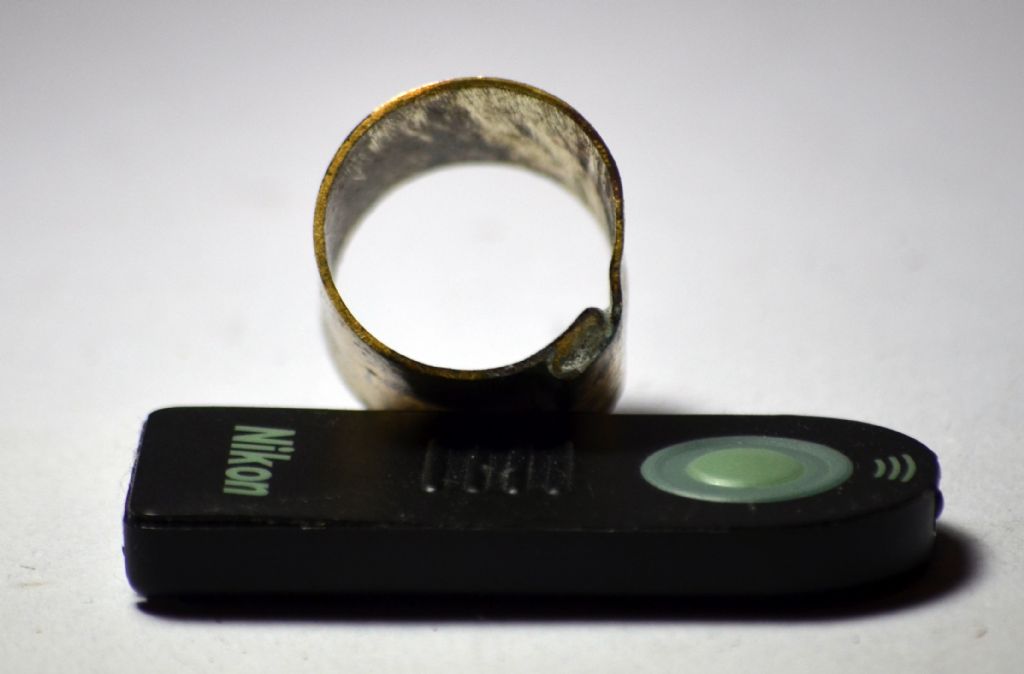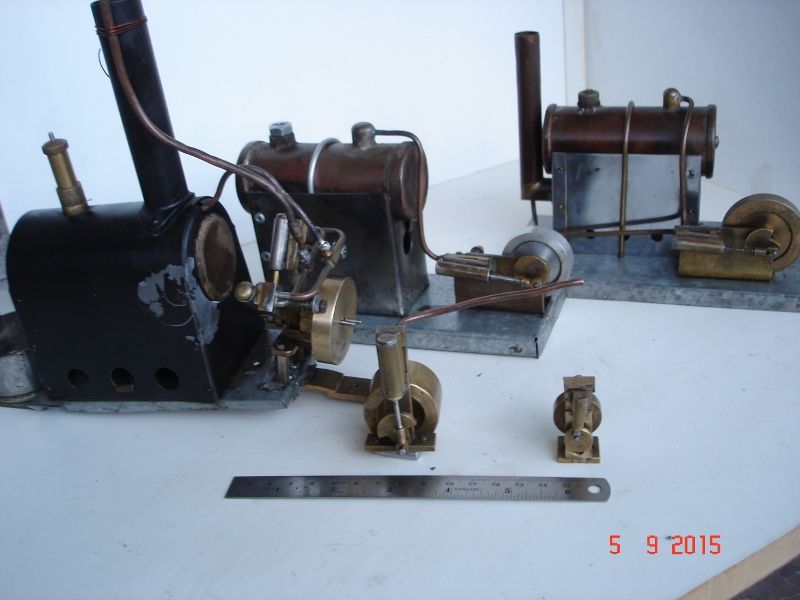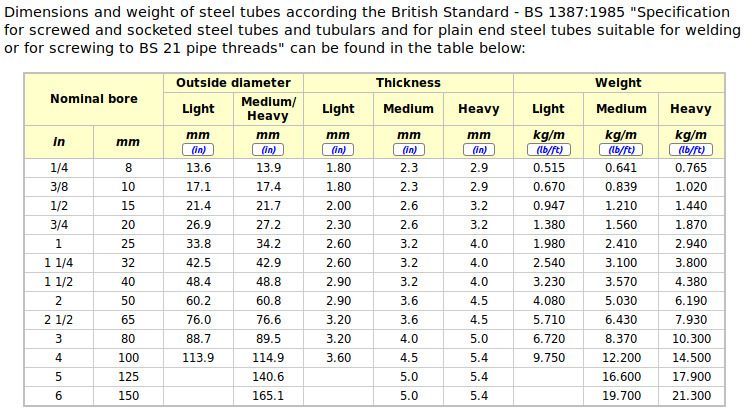"Call them what you like" only leads to confusion and is not technically correct. Calling them all as "pipe" is a common term for all tubes and pipes but they should be called by the name in the standard to which they were manufactured.
According to the Oxford dictionary a tube is "a long, hollow cylinder of metal, plastic, glass, etc. for holding or transporting something, chiefly liquids or gases". So they are both called tubes but in engineering pipes are specified by a nominal bore schedule for the wall thickness.
BS 1387 has been withdrawn and replaced by BS EN 10255 in 2004
Plastic pipe and steel pipe are of similar dimensions and specified by nominal bore, not OD.
Fttings at the local hardware store have elbows/tees, etc with screwed ends and are used with pipe (NB). also compression/calillary and used with tube (measured by outside diameter).
This was my problem when I ordered valves advertised as suitable for 1/4" pipe. When they arrived they were for 1/4" tube and too small. "before you place an order for thousands of pounds worth of the stuff you'd better make sure that you and your supplier are using the same terminology". This has not cost me thousands of pounds, only £10 to return goods for replacement. (not happy).
Paul.
(PS. We could go on forever but getting away from the original question in this post about boiler seams.)
Edited By Paul Lousick on 17/02/2019 22:37:02
Former Member.








